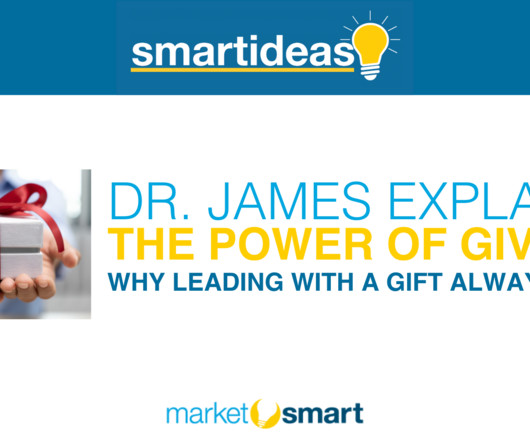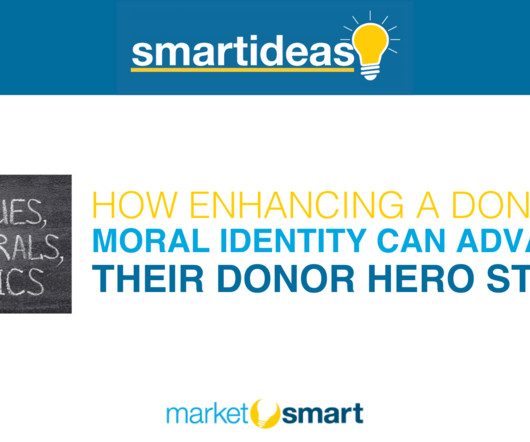Dr. James explains the power of giving: why leading with a gift always wins
iMarketSmart
MAY 22, 2023
1] This primal-giving game models reciprocal altruism.[2] A good gift signals a “helpful reciprocity” relationship. This process repeatedly signals a helpful reciprocity social relationship. The previous social signals help build relationship. The tour and experiences help here as well. How complicated?











Let's personalize your content